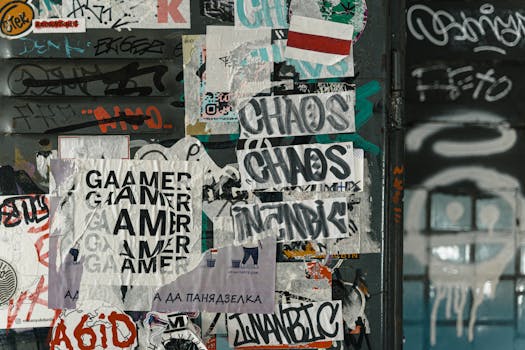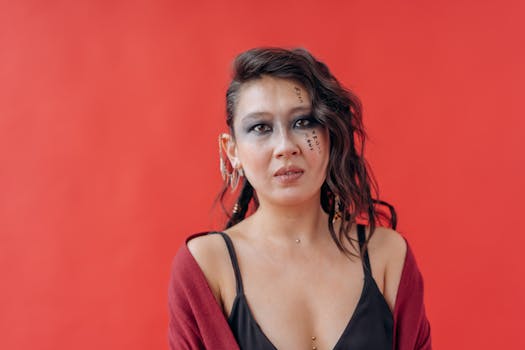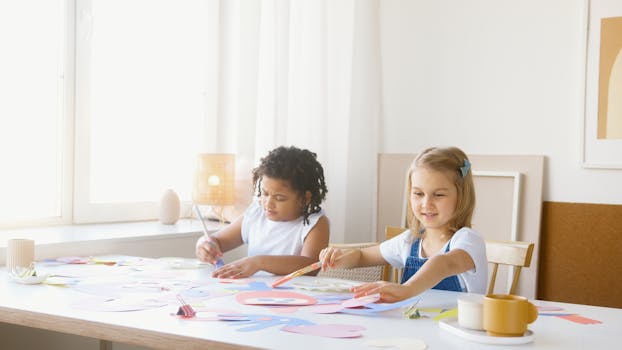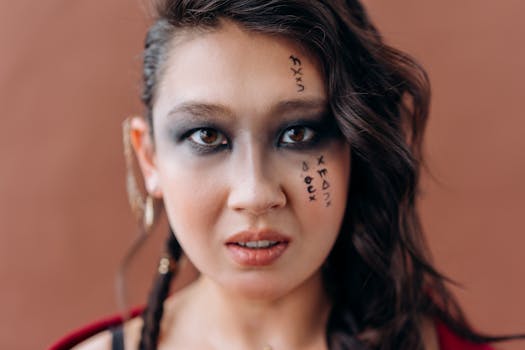
Art as Therapy: The Healing Power of Creativity
Takeaways: Art therapy is a powerful tool that promotes emotional healing and self-discovery. Engaging in creative activities can reduce anxiety, enhance self-esteem, and foster connections with others. Whether through painting, drawing, or other forms of artistic expression, creativity serves as a pathway to well-being.
Art has long been celebrated for its aesthetic value, but its role as a therapeutic tool is gaining recognition in mental health practices. Art therapy combines the creative process with psychological support, helping individuals explore their emotions and express themselves in ways that words often cannot. In this blog post, we will delve into the healing power of creativity, examining how art serves as a form of therapy and its profound benefits on mental health.
Understanding Art Therapy

Unlike traditional therapy, which often relies heavily on verbal communication, art therapy allows individuals to express themselves through colors, shapes, and forms. This unique approach can be especially beneficial for those who find it difficult to articulate their emotions verbally. Art therapists guide individuals in using art as a means of exploring their inner world, leading to insights and emotional breakthroughs.
Studies have shown that engaging in art therapy can lead to significant improvements in emotional well-being. For instance, a study published in the Journal of the American Art Therapy Association found that participants who engaged in art therapy reported reduced symptoms of anxiety and depression. The creative process itself can be cathartic, allowing individuals to release pent-up emotions and gain clarity on their feelings.
The Psychological Benefits of Creative Expression

- Reduction of Anxiety and Stress: Engaging in creative activities can serve as a form of meditation, helping to calm the mind and reduce stress. The focus required during the creative process redirects attention away from anxiety-provoking thoughts.
- Enhanced Self-Esteem: Completing an art project can foster a sense of accomplishment and pride. This boost in confidence can lead to a more positive self-image and improved self-worth.
- Improved Emotional Regulation: Art allows individuals to explore and understand their emotions in a safe space. By depicting feelings visually, they can better articulate and manage their emotional responses.
- Fostering Connections: Participating in group art therapy sessions can build a sense of community among participants. Sharing creative experiences often leads to deeper connections and support networks.
- Facilitation of Personal Insights: The creative process encourages self-reflection and exploration of personal narratives. This can lead to greater self-awareness and insights into one’s life experiences and challenges.
How to Incorporate Art as Therapy into Your Life
Incorporating art as therapy into your daily routine doesn’t require formal training or artistic talent. Here are some simple ways to harness the healing power of creativity:
- Journaling: Use words, drawings, or collages to express your thoughts and feelings. Journaling can be a powerful outlet for self-reflection and emotional processing.
- Painting or Drawing: Set aside time each week to paint or draw. Allow yourself to create freely without the pressure of perfection.
- Crafting: Engage in crafting projects such as knitting, scrapbooking, or pottery. The tactile nature of crafts can be soothing and fulfilling.
- Group Workshops: Look for local art therapy workshops or community classes that focus on creative expression. These spaces can provide both support and inspiration.
- Mindful Doodling: Keep a sketchbook handy for moments of inspiration. Doodling can be a relaxing way to unwind and express creativity spontaneously.
Conclusion



